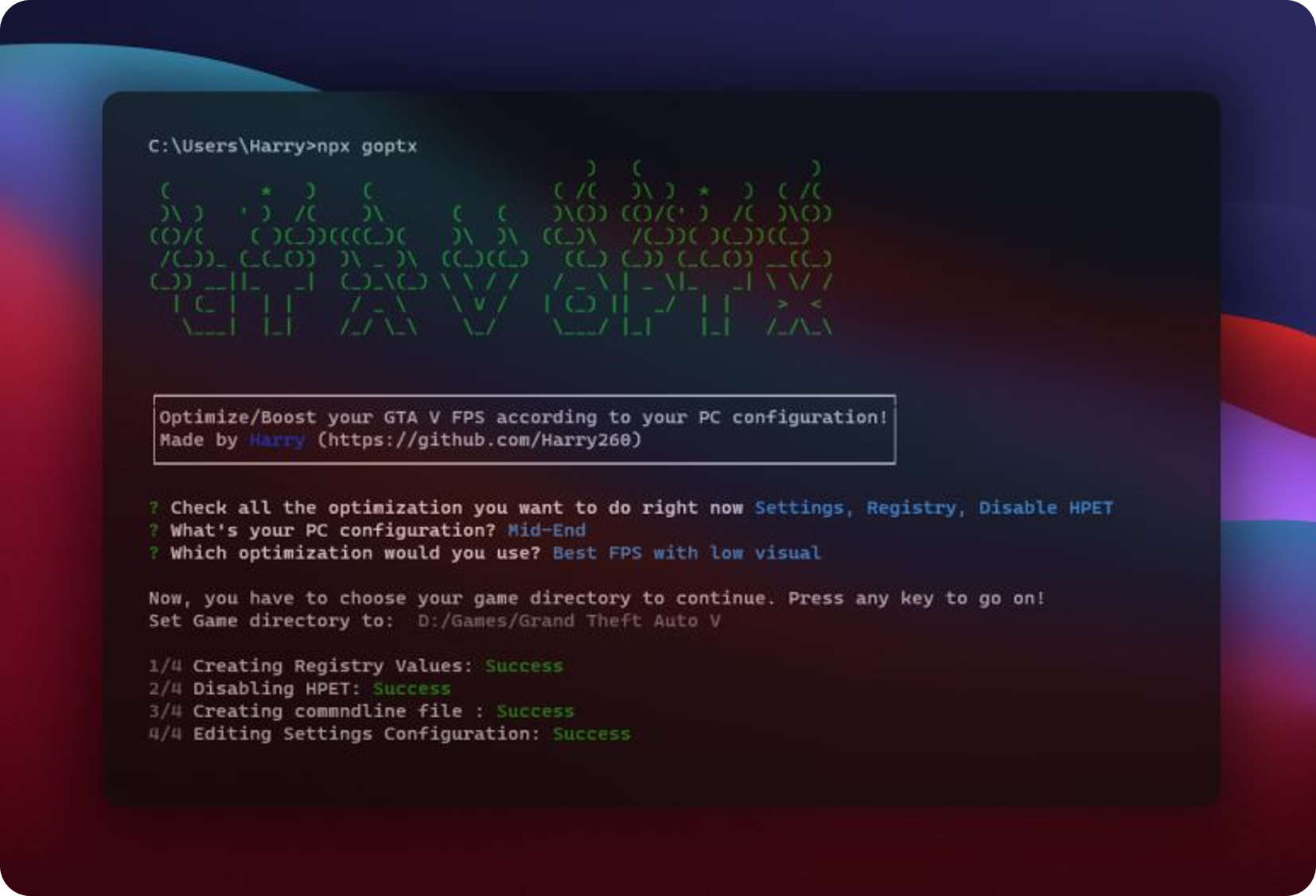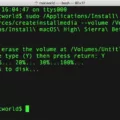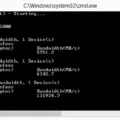Disabling HPET (High Precision Event Timer) can be a topic of interest for many computer users, especially gamers who are looking to optimize their system’s performance. HPET is a feature that provides precise timing and synchronization capabilities, particularly for high-performance applications and devices. However, some users believe that disabling HPET can improve gaming performance by reducing latency and eliminating micro-stuttering.
To disable HPET, you can follow a few simple steps. First, open the Device Manager on your computer. You can do this by right-clicking on the Start button and selecting “Device Manager” from the menu. Once the Device Manager is open, navigate to the “System devices” section.
In the System devices section, you will find the “High precision event timer” option. Right-click on it and select “Disable device.” This will disable HPET on your system. After completing this step, you can close the Device Manager.
Next, you need to open the command prompt as an administrator. To do this, search for “Command Prompt” in the Start menu, right-click on it, and select “Run as administrator.” This will open the command prompt window with administrative privileges.
In the command prompt window, type in the following command: “bcdedit /deletevalue useplatformclock” (without the quotes) and press Enter. This command will delete the value associated with the use of the platform clock, effectively disabling HPET.
Once you have executed the command, you can restart your computer for the changes to take effect. After the restart, HPET should be disabled on your system.
It is important to note that disabling HPET may not always lead to significant improvements in performance. The impact of disabling HPET can vary depending on your specific hardware configuration and the applications you use. In some cases, it may even introduce instability or compatibility issues with certain software.
If you are not experiencing any significant issues or performance problems, it is advisable to leave HPET enabled, as it can still be beneficial for some applications and system functions. Disabling it without a specific reason may introduce unforeseen complications or instability in certain scenarios.
Ultimately, the decision to disable HPET should be based on your specific needs and requirements. If you are a gamer looking to optimize your system’s performance, it may be worth experimenting with disabling HPET to see if it makes a noticeable difference. However, it is recommended to proceed with caution and consider reverting the changes if any unforeseen issues arise.
Disabling HPET can potentially improve gaming performance by reducing latency and eliminating micro-stuttering. However, the impact of disabling HPET can vary, and it is important to consider the specific needs and requirements of your system before making any changes.

Is It Okay to Disable HPET?
Disabling HPET (High Precision Event Timer) can have both positive and negative implications depending on your specific system setup and usage requirements. Here are some factors to consider before deciding to disable HPET:
1. Performance: HPET is designed to provide high-resolution timing capabilities, which can be useful in certain scenarios like real-time applications, multimedia processing, and gaming. Disabling HPET may lead to reduced performance in these areas, as other timers may not offer the same level of precision.
2. System Stability: HPET is utilized by various system functions, including power management, scheduling, and device synchronization. Disabling HPET without a specific reason may introduce instability or unexpected behavior in these areas. It is especially important to consider this if you experience any system-related issues or compatibility problems.
3. Compatibility: Some older software or hardware components may rely on HPET for proper functioning. Disabling HPET could potentially cause compatibility issues or make certain applications fail to work correctly. It is advisable to check the documentation or support resources for your specific software and hardware to determine if they have any dependencies on HPET.
4. Specific Use Cases: In certain situations, disabling HPET may be recommended. For example, if you are experiencing conflicts between HPET and other timers, or if you are testing specific configurations that require HPET to be disabled. However, such cases are typically rare and specific to unique system setups.
If you are not experiencing any significant issues or performance problems, it is advisable to leave HPET enabled, as it can still be beneficial for some applications and system functions. Disabling it without a specific reason may introduce unforeseen complications or instability in certain scenarios.
If you have a specific reason to disable HPET, such as troubleshooting a known issue or testing a specific configuration, it is recommended to consult with the manufacturer’s documentation or seek support from qualified professionals to ensure the best possible outcome.
Does HPET Cause Input Lag?
HPET (High Precision Event Timer) is a feature in modern computers that is designed to provide accurate timing and synchronization for various system functions. While it is primarily used by the operating system and applications, it can also have an impact on gaming performance.
When HPET is enabled, it introduces a small delay of around 0.1 to 0.15 milliseconds. This delay is caused by the timer interrupt that HPET uses to keep track of time. While this delay may seem insignificant, it can add up over time and lead to noticeable input lag during gameplay.
Input lag refers to the delay between when you perform an action, such as pressing a key or moving the mouse, and when it is registered by the system. In gaming, even the slightest delay can have a significant impact on performance, as it can affect the timing and responsiveness of your actions.
By disabling HPET, you can reduce this input lag and potentially gain a few extra frames per second (FPS) in your games. While the increase in FPS may not be significant on its own, it can help to improve overall gameplay smoothness and reduce the occurrence of micro-stuttering.
Micro-stuttering is a phenomenon where the frame rate fluctuates irregularly, causing small but noticeable hiccups in the visuals. This can be particularly frustrating during fast-paced games where fluid motion is crucial.
It is worth noting that the impact of HPET on gaming performance can vary depending on the specific hardware and software configuration of your system. Some users may not experience any significant difference in input lag or FPS by disabling HPET, while others may observe a noticeable improvement.
While HPET does introduce a small delay that can contribute to input lag and potentially affect gaming performance, the actual impact can vary from system to system. If you are experiencing input lag or micro-stuttering in your games, disabling HPET may be worth considering as a potential solution. However, it is always recommended to test the impact on your specific system before making any permanent changes.
How Do You Disable HPET on Your PC?
To disable HPET on your computer, follow these steps:
1. Open the Device Manager by pressing Windows + X and selecting Device Manager from the menu.
2. In the Device Manager, locate and expand the “System devices” category.
3. Look for “High precision event timer” in the list of devices.
4. Right-click on “High precision event timer” and select “Disable device” from the context menu.
5. Confirm the action if prompted and close the Device Manager.
Once you have disabled HPET in the Device Manager, you may need to further modify your system settings to fully disable it. Here’s how:
1. Press Windows + R to open the Run dialog box.
2. Type “cmd” and press Ctrl + Shift + Enter to open an elevated Command Prompt.
3. In the Command Prompt window, type the following command and press Enter:
“`
Bcdedit /deletevalue useplatformclock
“`
4. After executing the command, restart your computer for the changes to take effect.
Now, HPET should be disabled on your system. This may improve performance in certain scenarios, but keep in mind that disabling HPET is not recommended for all systems and may not provide noticeable benefits in every case. If you encounter any issues after disabling HPET, you can enable it again by following the same steps but selecting “Enable device” in the Device Manager.
Conclusion
Disabling HPET (High Precision Event Timer) can have both positive and negative effects on your system’s performance, particularly in gaming scenarios. While it may lead to a slight improvement in FPS (frames per second), it can also introduce micro-stuttering and instability if not done properly or without a specific reason.
If you are experiencing significant issues or performance problems, disabling HPET might be worth considering. However, if your system is functioning well and you do not have any specific need to disable it, it is advisable to leave HPET enabled.
Before disabling HPET, it is important to understand the potential consequences and weigh them against the benefits. It’s recommended to consult with a knowledgeable expert or do thorough research to ensure you make an informed decision based on your specific requirements and system configuration. Additionally, always remember to follow the proper steps to disable HPET, including disabling the device in Device Manager and using the appropriate command in the command prompt.
Ultimately, the choice to disable HPET should be made based on your unique circumstances and the specific performance needs of your system.








